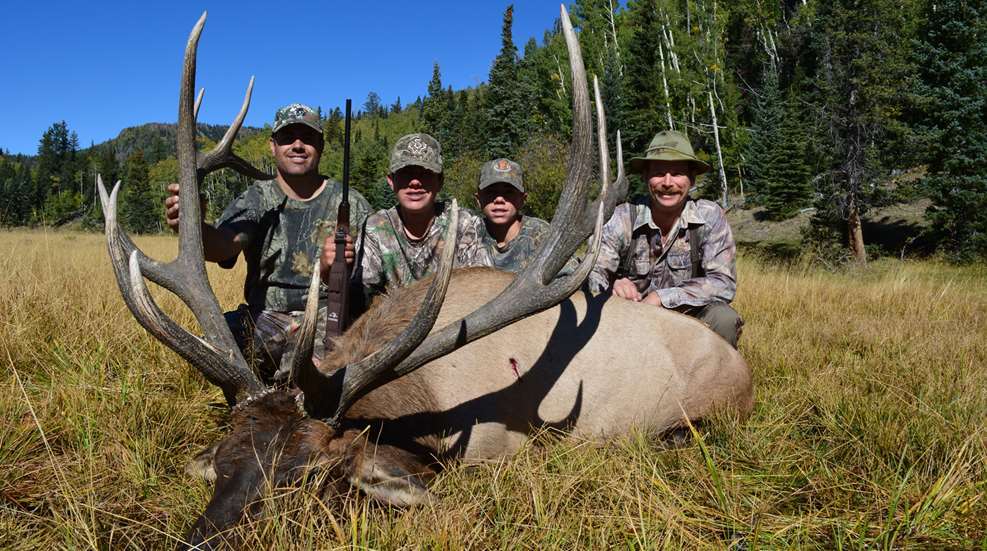
Hunting early big-game seasons with archery, muzzleloaders or other "primitive" equipment is a great way to harvest game meat before the game gets leery and wary of humans as the season progresses. It's also a great way to avoid the frozen fingers and numb toes of winter hunting. However, hunting when it's warm sets its own series of challenges. One of the most critical is to ensure that the temperature doesn't cause your hard-earned harvest to spoil before you can even get it home. It happens more quickly than you might think ... a mere matter of hours, sometimes, depending on the mercury.
Your top priority is to begin the cooling process as soon as you can. Meat that stays too warm too long may cause a phenomenon known as "bone souring." Bone souring is caused by a bacterial bloom that centers near the bones, and it gives the meat a pungent smell and nasty taste. Once bone souring has occurred, there is no way to salvage or reverse it.
You may not know this, but meat spoils the quickest around the ball joints in the hip and underneath the front shoulders. That means that you shouldn't stop with a quick field-dress (aka "gutting"). Once you have the innards out, you should be immediately skin it, quarter it, and quickly get it to cold storage. Remember, larger muscle masses take a long time to cool. In larger animals like elk, you may find it necessary to make some cuts in between muscles to the bone to allow heat to escape.
Five more tips to keep your harvest tasty and safe:
1. Remember, meat can spoil overnight!
If you're able to tag out in the evening, don't stop just because the sun is going down. Do everything in your power to find your downed game. (We have some great tips here!) Yes, nighttime temperatures will be cooler, but your animal still needs to be cleaned and processed as quickly as possible. Keep in mind that the ground is a great insulator. The elevated part of the carcass might cool slightly, but the bottom-side will retain heat and sometimes spoil if left overnight.
2. Don't forget the ice!
Filling the body cavity of an unskinned antelope or whitetail with ice bags can indeed help cool it, and it's a great stopgap measure if you only have a short trip from field to home. But beware, the animal's body heat can remain in the thickest parts--like the hindquarters--and stuffing with ice is only a temporary measure. Larger animals like elk or moose will require skinning and additional cutting to allow heat to escape. Here's a "hot" tip: For longer trips, blocked ice in a quality cooler will last much longer than cubed ice.
3. Don't hang meat if it's too hot.
If it's over 80 degrees Fahrenheit, it's safer to skin, quarter and put the meat on ice rather than hang it in fluctuating temperatures. A large cooler will hold most or all of a deer that’s been quartered, or an elk that has been cut into smaller pieces. (Remember to leave evidence of sex and species as per your local game regulations!)
4. No bugs allowed.
When snowflakes fly, insects won't. But when it's warm, flies are your enemy. Use game bags to keep meat clean and fly-free. In warm weather, always bag skinned meat immediately. It is far easier to keep meat clean than it is to remove fly eggs, hair, dirt, grass and pine needles later.
5. Careful with the H2O.
There are conflicting views about washing down a big game animal with water after it is skinned. Most professional meat processors agree that using clean, cold water to remove animal hair and dirt is a good practice if the carcass air dries quickly so that the water does not encourage bacterial growth. A cold-water spray can also hasten the cooling process.






































